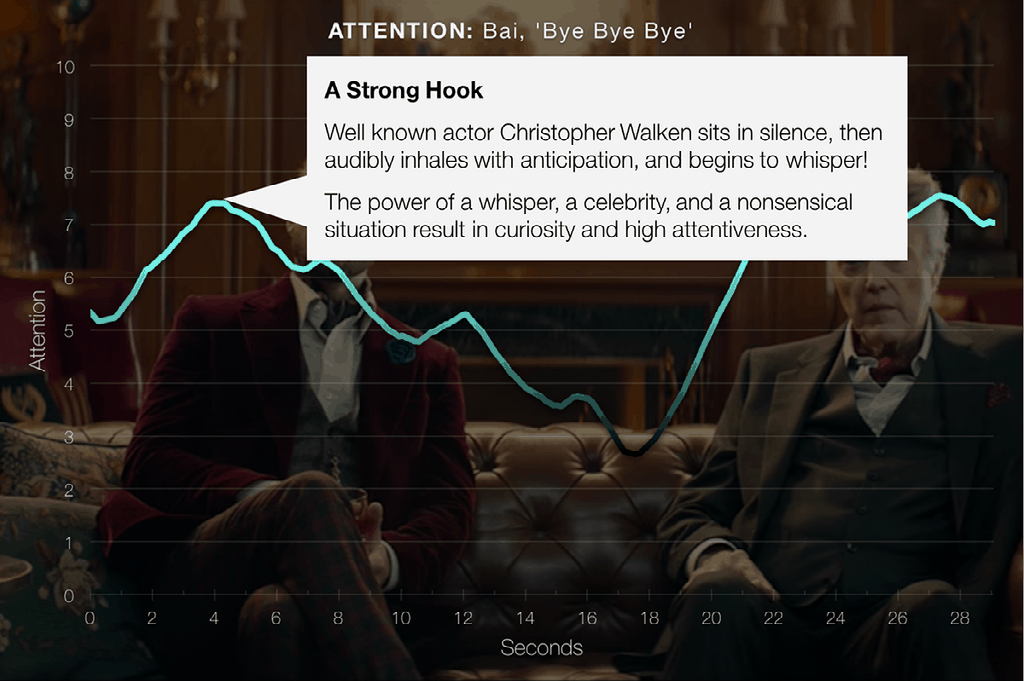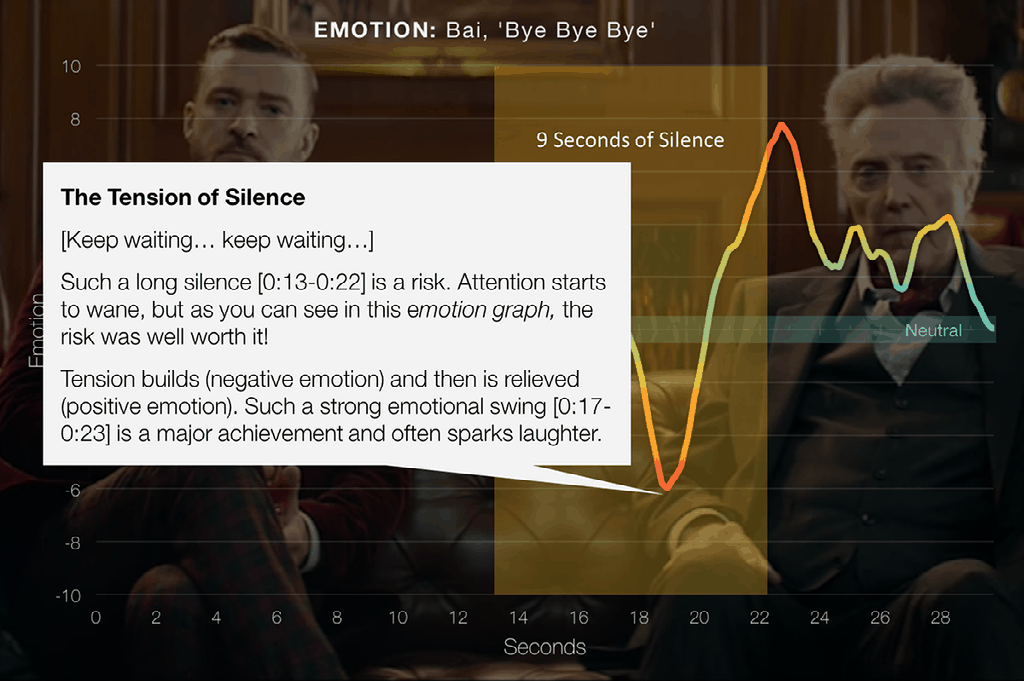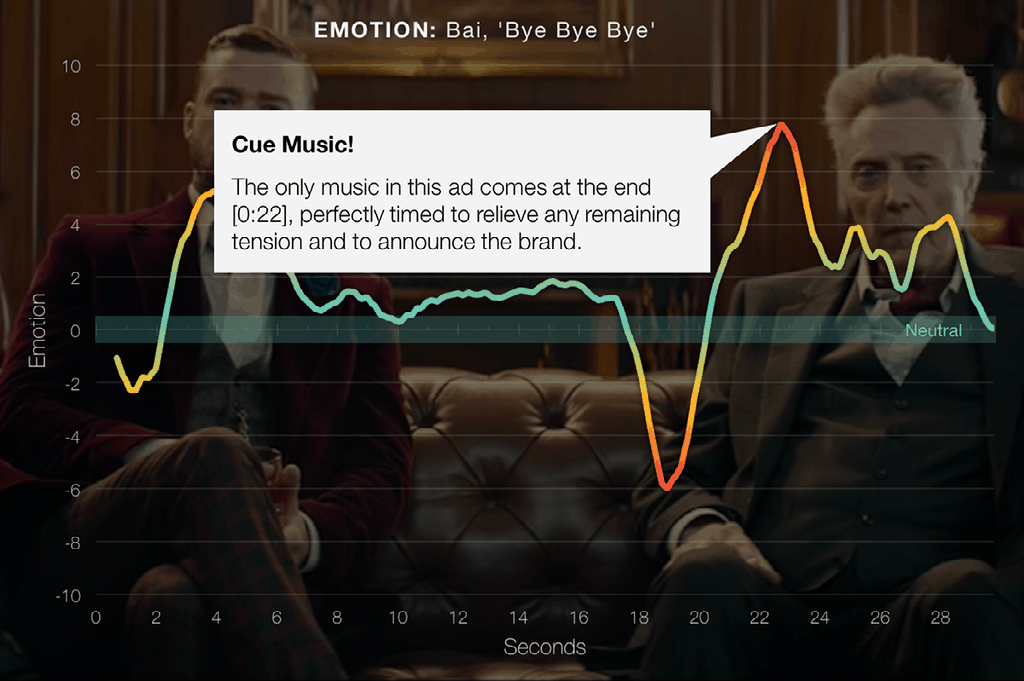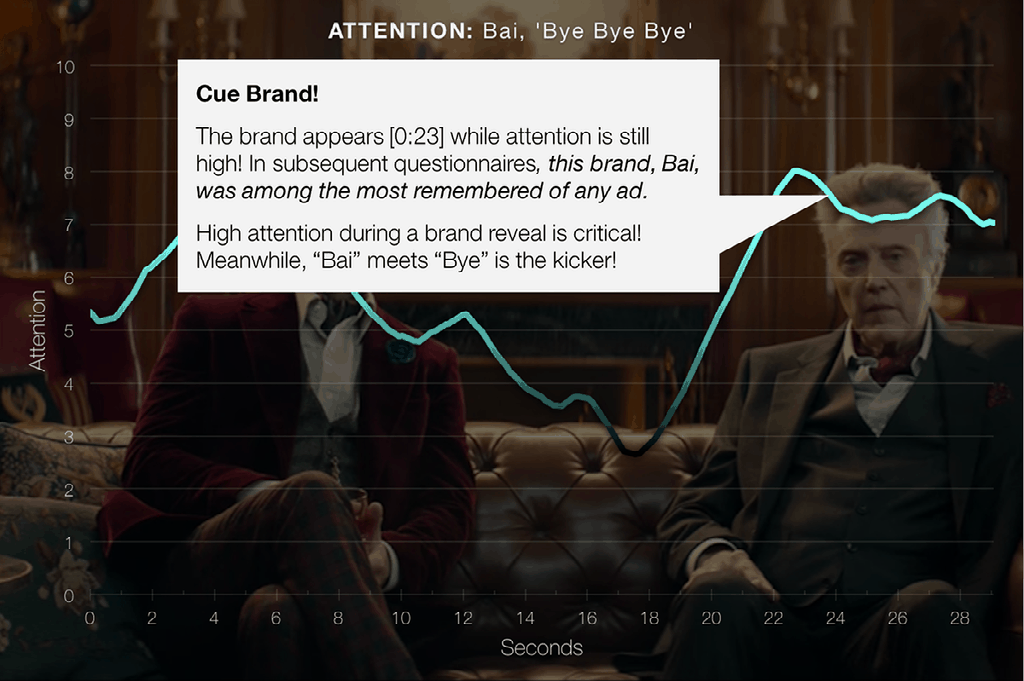Comfort is a prized commodity.
We love to be comfortable. We pay a premium for a little extra legroom on flights, and splurge on all-inclusive resorts and spa packages. The success of Crocs is a case in point: we certainly don’t buy them for their aesthetic appeal.

But when it comes to entertainment and advertising, we don’t just want to be comfortable. Think about fear. It’s widely accepted as a negative emotion, yet in 2016 we spent approximately half a billion dollars trying to scare ourselves at the movies.

What matters is creating dynamic experiences for your audience. Both the peaks and valleys of emotion are needed to really “hook” us. (Although we may prefer to watch it all from the comfort of our easy chair).
Let’s take this insight and apply it to humor, an emotion that drives a lot of success in advertising.
TENSION AND RELIEF: A THEORY OF HUMOR
According to Freud’s relief theory of humor, one of the sources of laughter is the release of tension. And it makes sense: lots of jokes require the elaborate “setup” to build tension, released only by the punchline that flips the situation on its head. The relief theory is demonstrated perfectly by this ad for the Bai beverage company, which aired during this year’s Super Bowl. The ad uses awkward silence to build tension, followed by a perfectly-timed relief.
Watch the ad with the SPARK’s overlaid emotion graph, based on data from 100 participants who watched the Super Bowl while undergoing SPARK Neuro’s neurometric measurement.
In the graph, positive emotions (above 0) fluctuate with negative emotions (below zero) throughout the course of the ad. Many of our more complex emotional experiences–like humor–involve rapid transitions between negative and positive emotions. The more extreme the fluctuations, the more intense the emotional experiences – the kind that drive attention and keep viewers engaged.
After the initial peak in emotion at the onset of Christopher Walken’s iconic voice, the final dip and peak in emotion (towards the right side of the graph) are the punchline of the joke.
 ATTENTION: Notice how attention benefits from the strong emotions seen in the other graph.
ATTENTION: Notice how attention benefits from the strong emotions seen in the other graph.
MOMENT OF TENSION
The dip in the emotion curve begins with the awkward silence – the camera cuts to Justin Timberlake, and he says… nothing! It’s almost unbearable, and our guts starts churning.
 EMOTION: 1/3rd of the ad is silent, beautifully building tension.
EMOTION: 1/3rd of the ad is silent, beautifully building tension.
MOMENT OF RELIEF
Just as tension reaches its peak, the music (and brand name) enter. Sweet relief! We laugh and are entertained to hear a line from the song that had been on the tip of our tongues.
 EMOTION: The relief of tension brings a smile and a laugh.
EMOTION: The relief of tension brings a smile and a laugh.
BONUS – A great opportunity for branding: Following a best practice for the use of humor in advertising, the joke is tightly intertwined with the ad’s message: a play on the brand name, “Bai Bai Bai”. You can’t get the joke without remembering the brand.
 ATTENTION: High attention & extreme emotions make for strong brand recall.
ATTENTION: High attention & extreme emotions make for strong brand recall.
And SPARK Neuro’s emotion graph demonstrates what Freud speculated a century ago: it takes a little bit of discomfort to make the punch line stick.
THE TAKE HOME:
Don’t be afraid to make your audience uncomfortable: humor inherently involves tension and relief.
